The Quantum Around You with Professor Andrea Morello // Quantum Entanglement
I thought I wouldn't cover much in this post, but since I can imagine the questions you might have after watching the video, I'll dive in. My advice is to read what I wrote after watching the video.
In the video I created the subtitle for, Professor Andrea Morello explains the Bell Inequality and Quantum Entanglement, which shows the difference between the classical physics relation and Quantum Entanglement.
To enable subtitles, there's a subtitle button next to the buttons like "Full Screen." You can enable subtitles by pressing that button.
First, he gives an example of a classical physics relation. So, I write +1 on the left side of a piece of paper and -1 on the right. I fold it in half, making the numbers invisible. I mail the right-hand piece of paper to a friend who's far away. Let's say he's in Canada. I tell him, "My friend, tomorrow at midnight, we'll both open the papers at the same time and read what they say."
Tomorrow, we'll both open the paper. I see it says +1, and I immediately know that my friend's paper says -1. The same applies to him. There's no quantum entanglement here. Since we know the relationship between the numbers I wrote beforehand—that is, the information is in us, not in the papers—there's no problem. Therefore, in the formula Andrea Morello wrote, the infinity in the classical relation is between -2 and +2. The smallest possible sum of the inputs (-1-1=-2) and the largest sum (+1+1=+2) are compatible with the result.
But with quantum entanglement, things change. This time, I don't do anything to the paper. However, this paper is such that, even though it doesn't have anything written on it, when someone observes it, it randomly writes either -1 or +1. The other piece of paper, to which it's related, shows the exact opposite of whatever I observed. In other words, if I observe +1, my friend observes -1. I can also observe -1. In this case, because both the right and left parentheses (i.e., the pieces of paper) are present in both cases in the formula, higher values (+2.8, -2.8) can appear in the result.
At the same time, since the information about what I observe is known in the other paper due to quantum entanglement, the rules of classical physics and general relativity are broken.

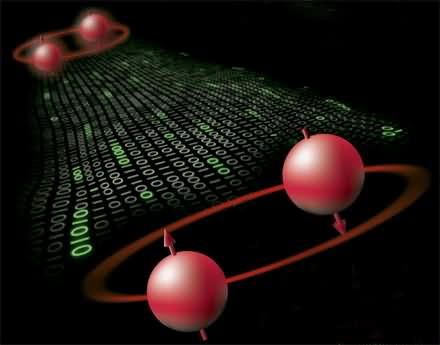

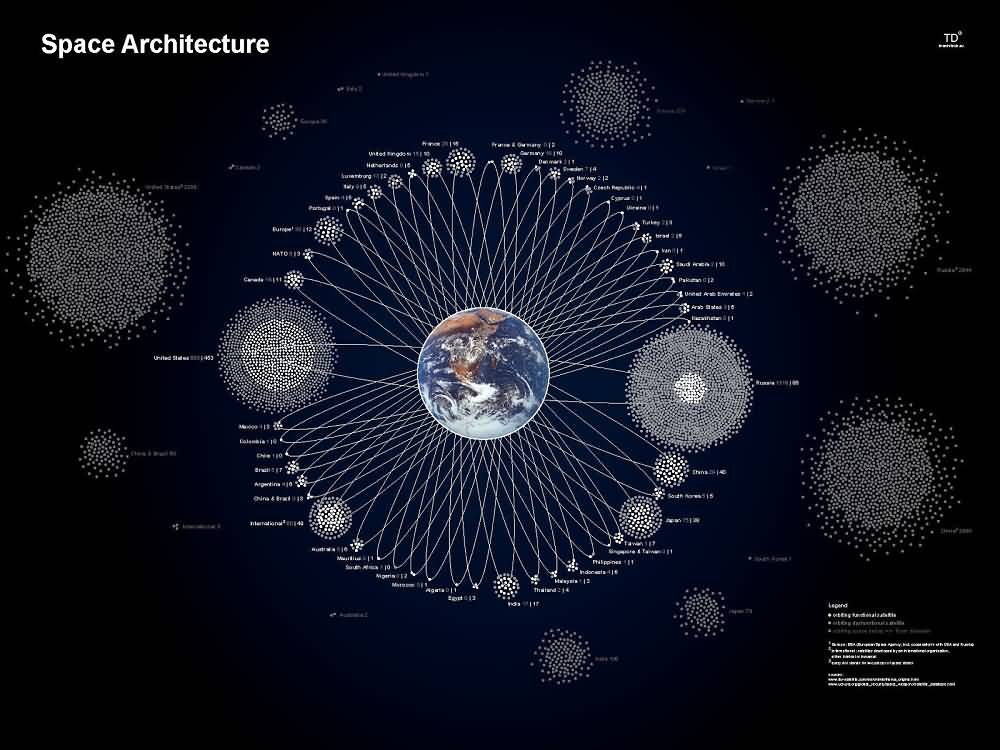
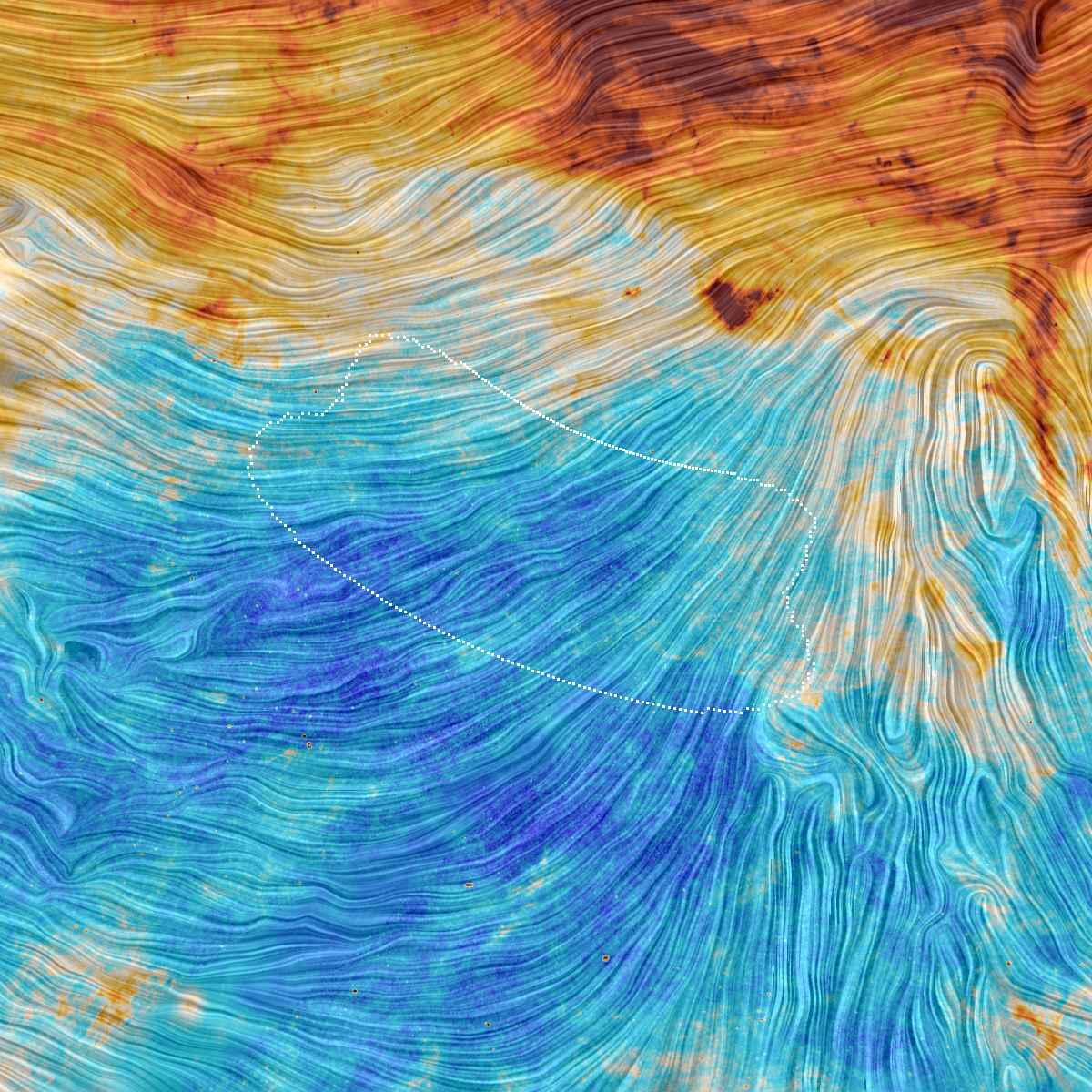
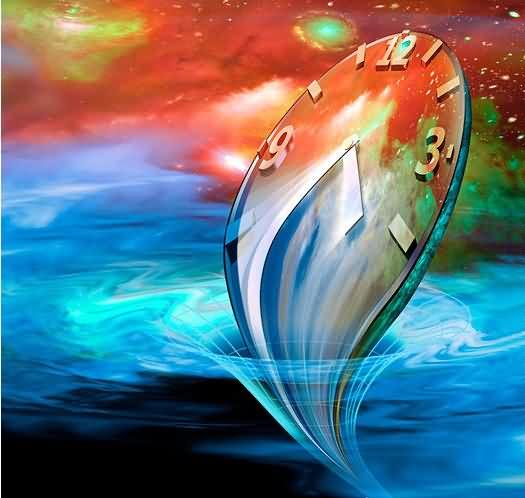
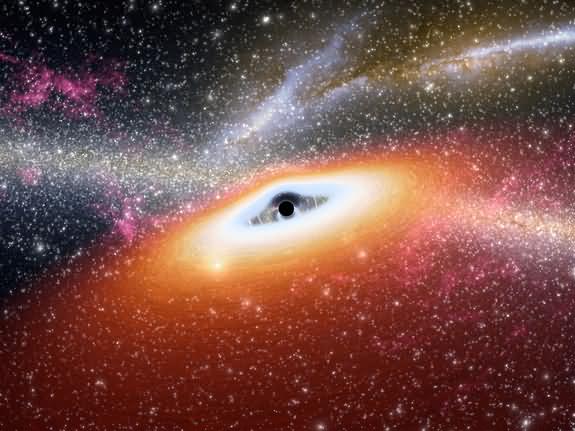


Your blog is wonderful. I've read dozens of your posts since this morning. It's a great resource in Turkish. Thank you.
Thank you so much for your kind comment. I'm so happy to be able to share my knowledge with others.